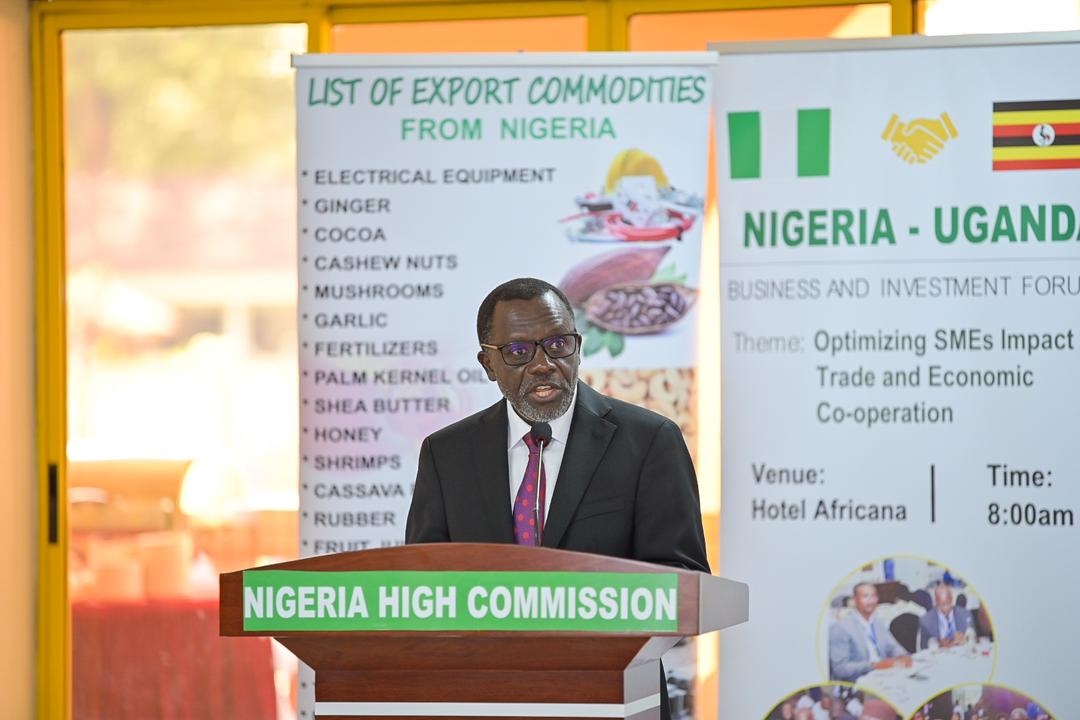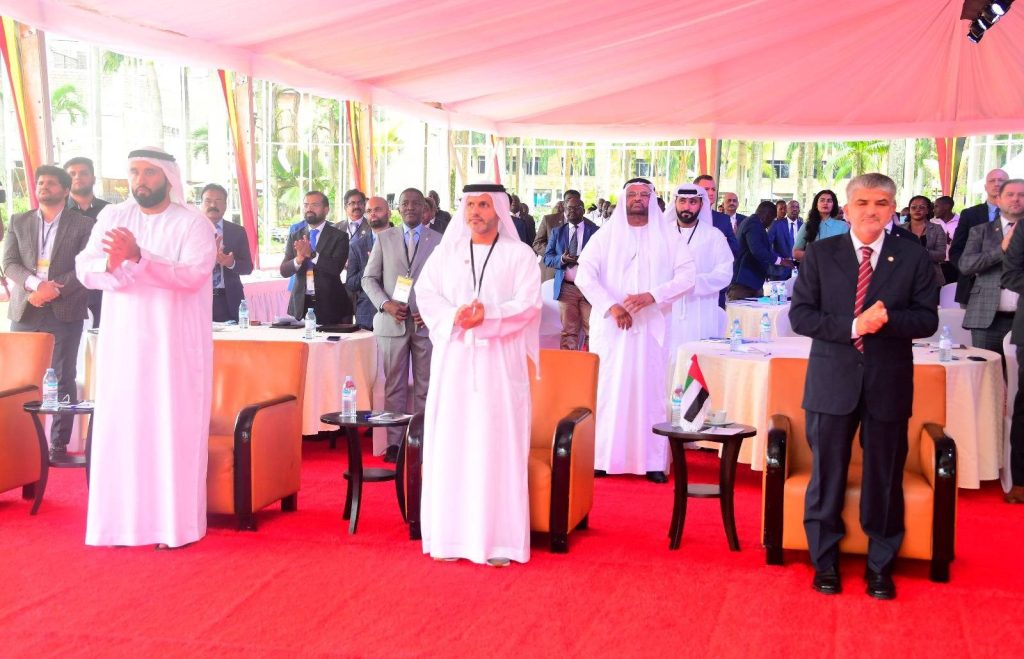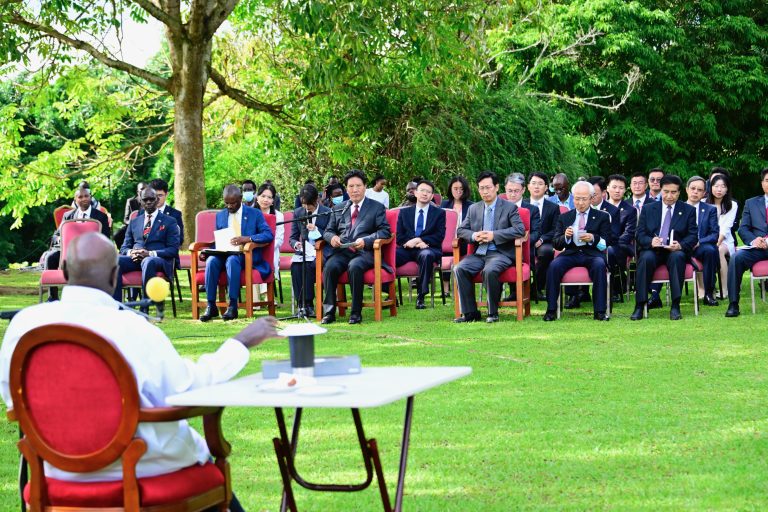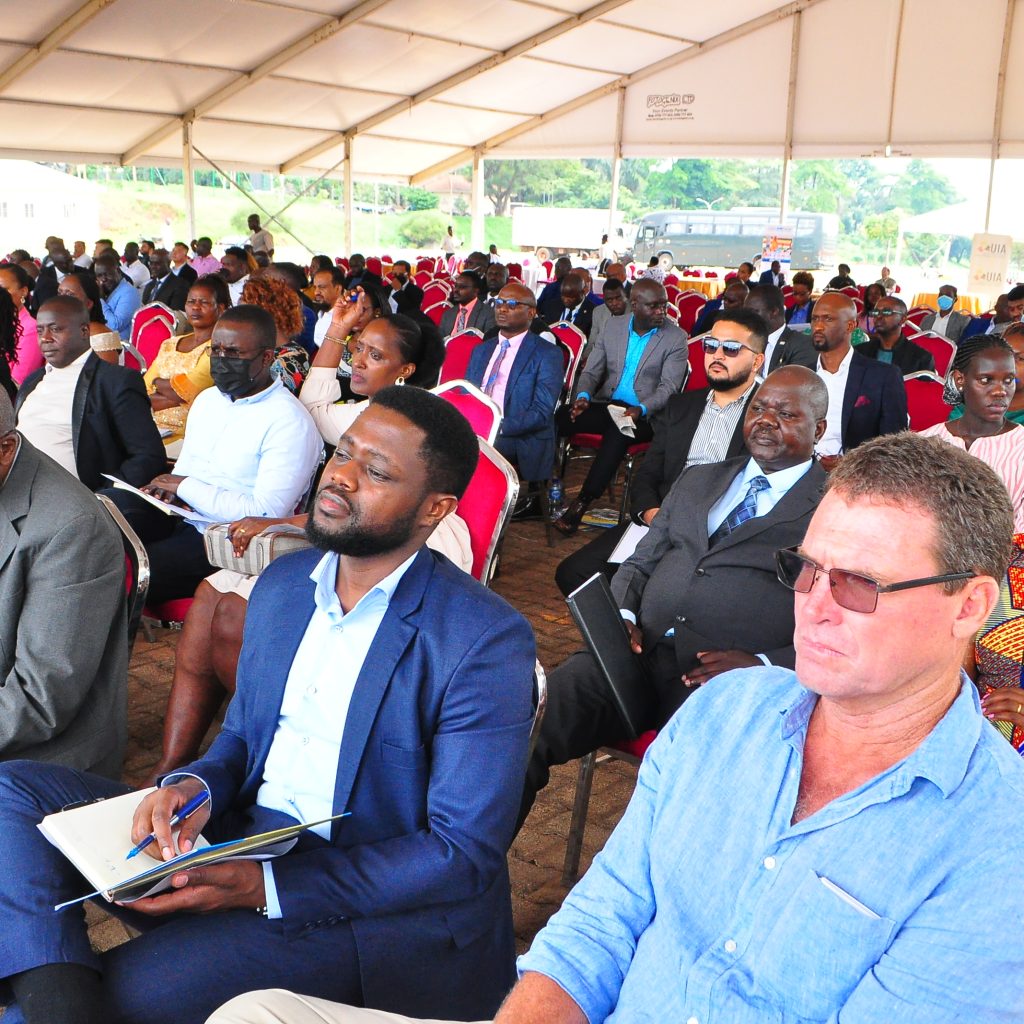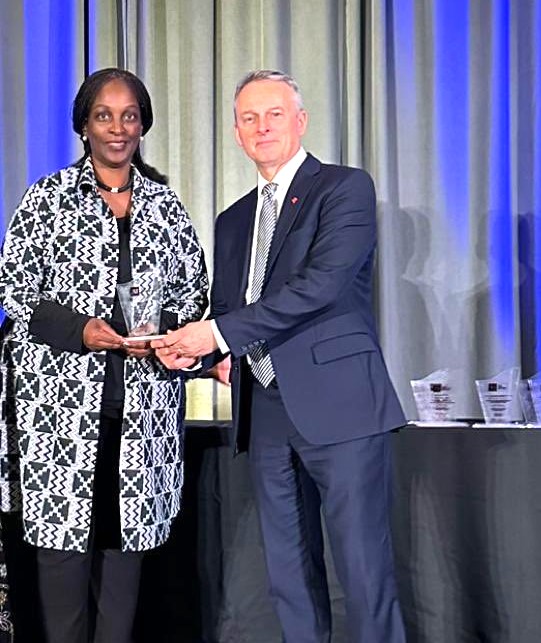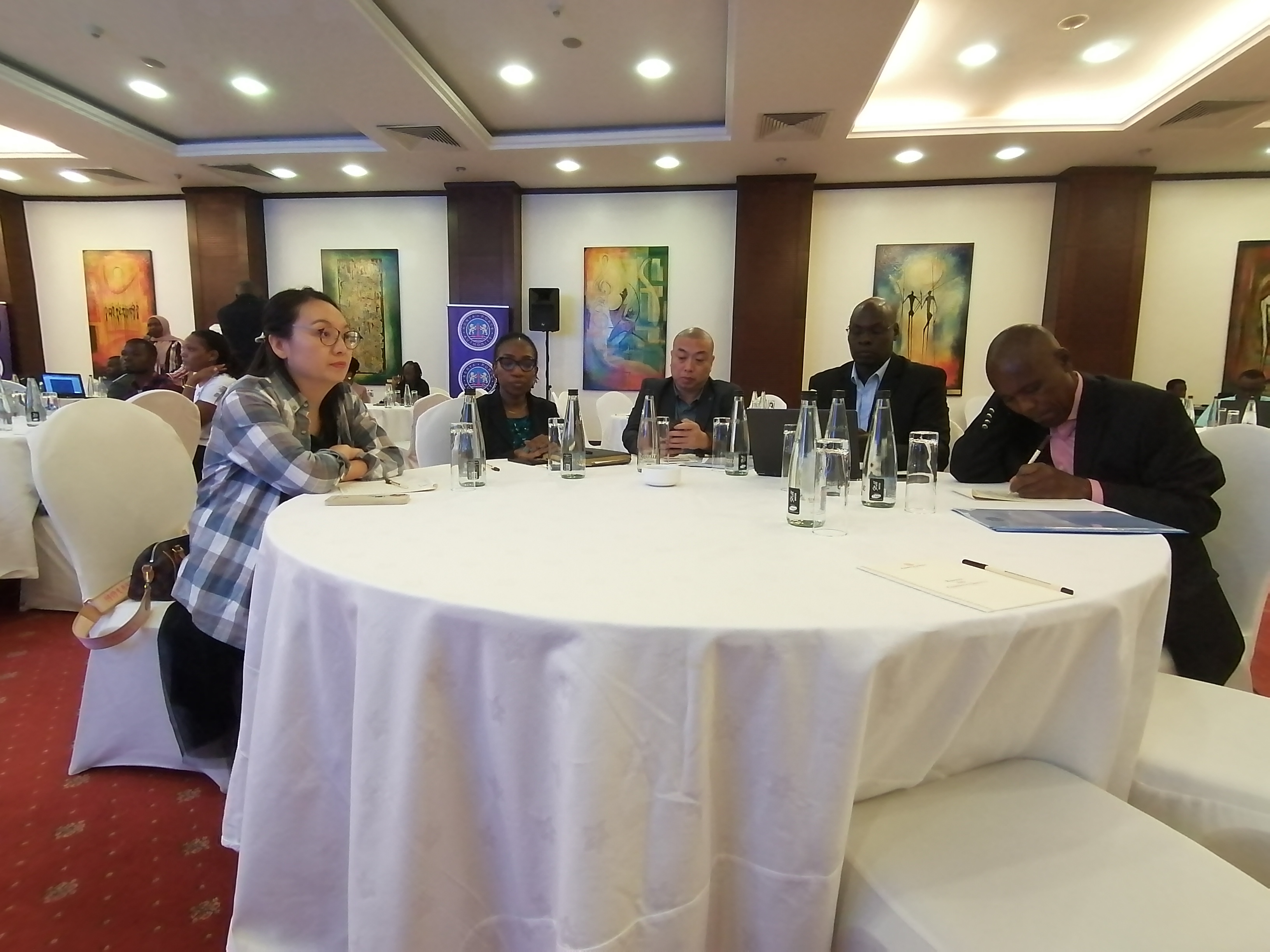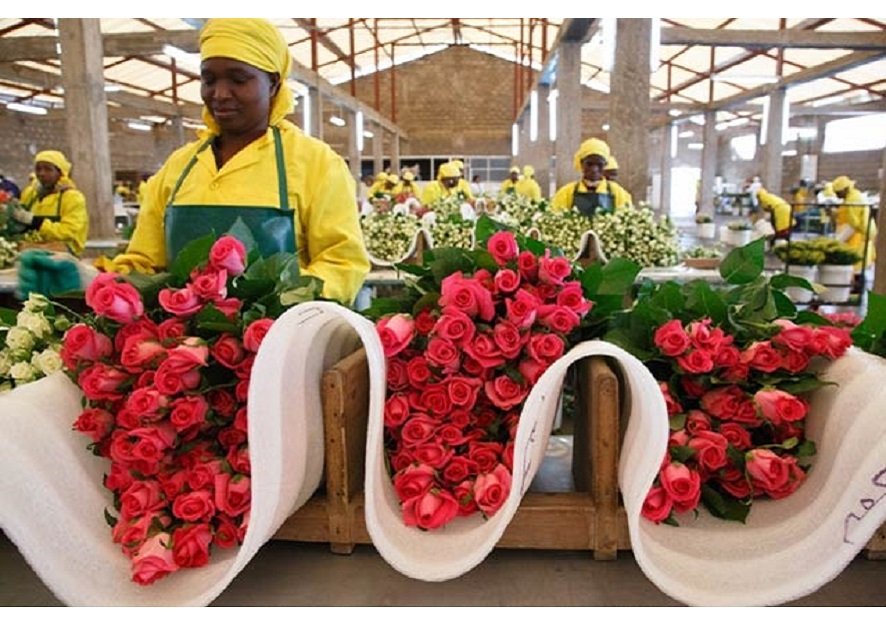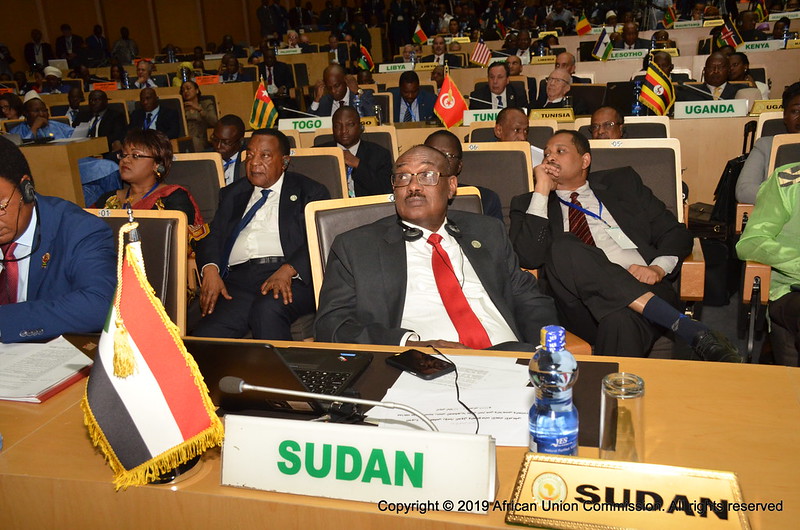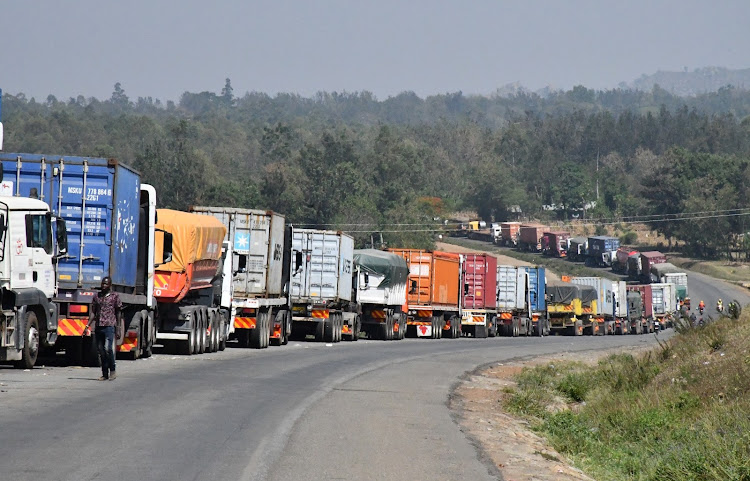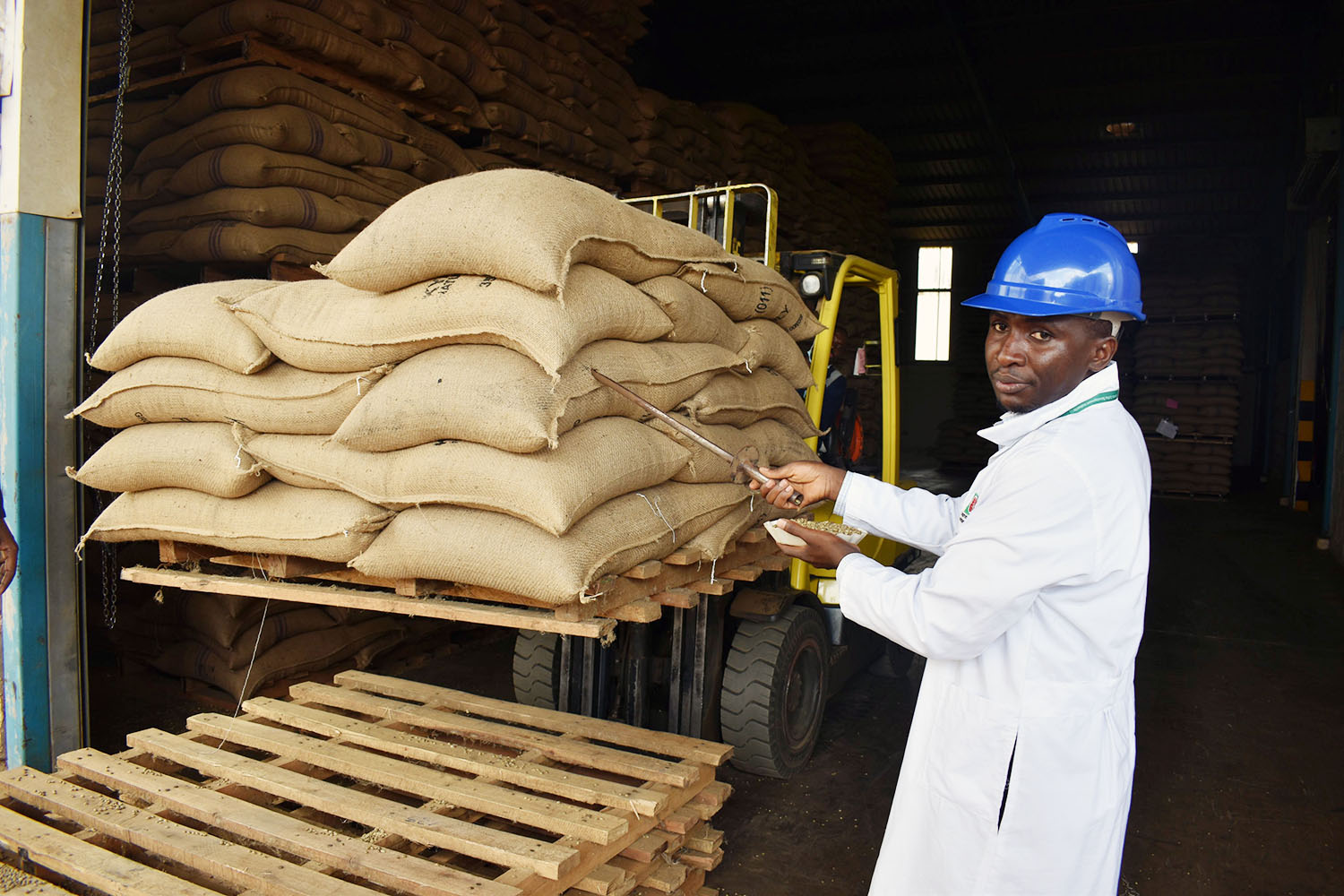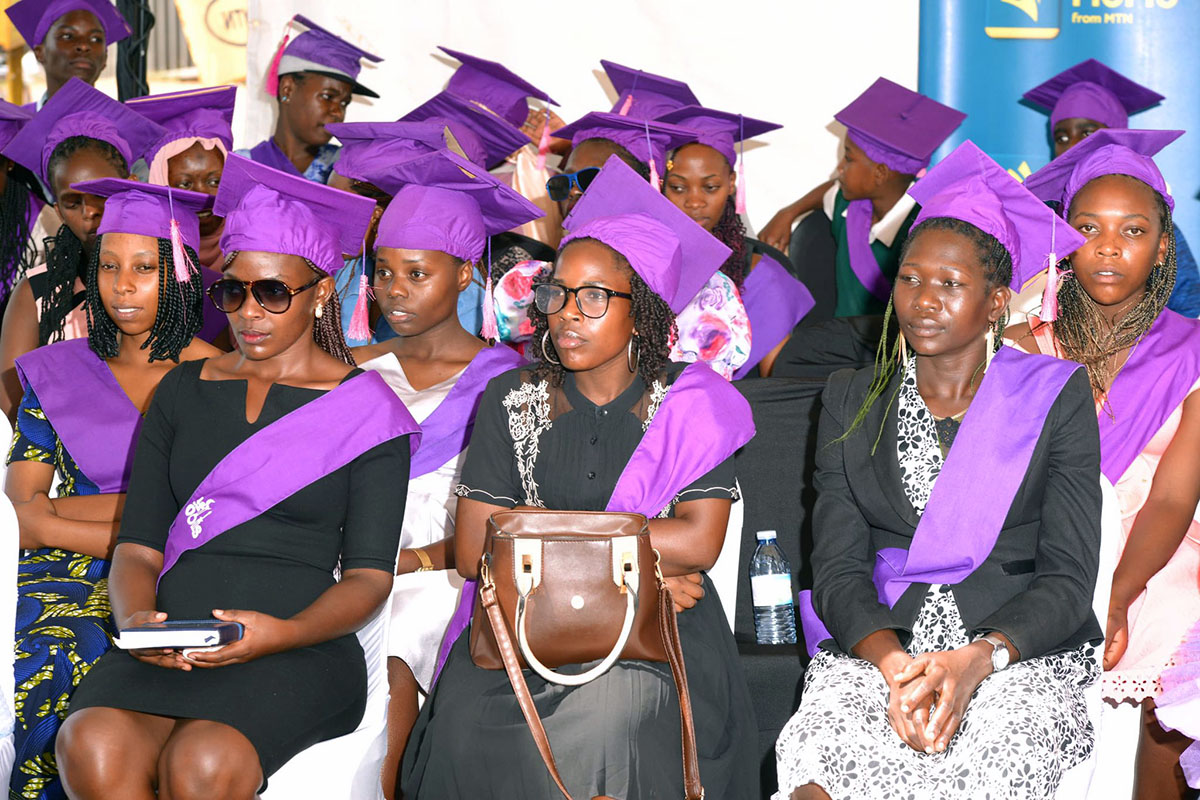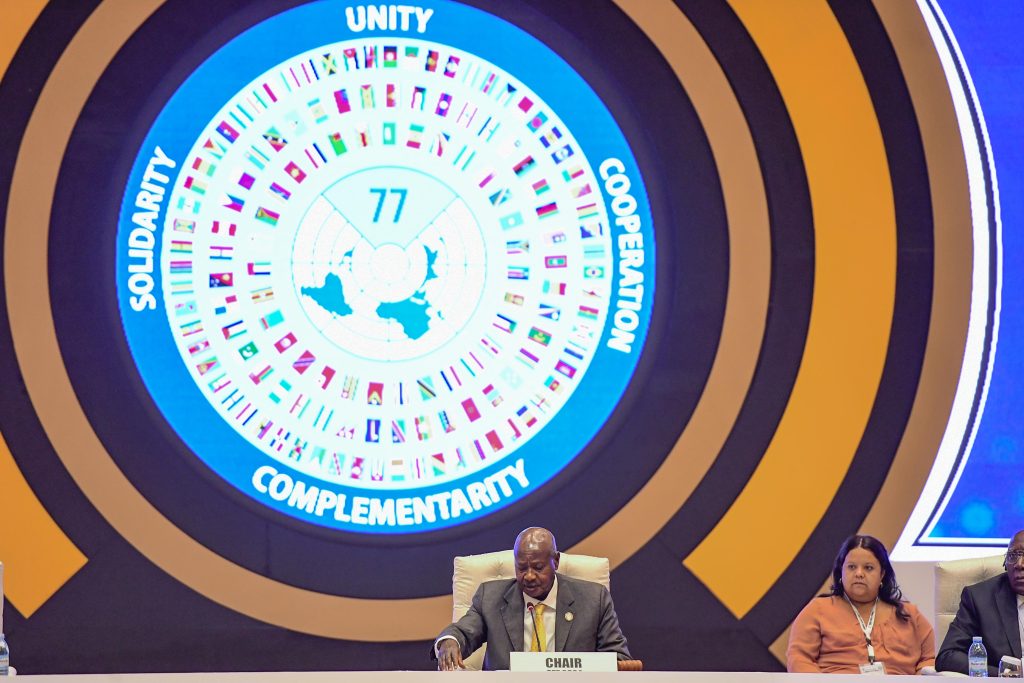EAC partners warned on trade bottlenecks

Trucks wait to cross at a border point. Infrastructure and other non-tariff barriers remain a key challenge for traders in the region. FILE PHOTO/BUSINESS EDGE
Regional political and business leaders have expressed concern about the daunting challenges that the private sector continues to face in regard to trade in the region.
Speaking at East African Business Council (EABC) CEOs-EAC Secretary General meeting at Kampala on November 6, the leaders cited political interference, bureaucratic delays, and inconsistent policies across member States as major bottlenecks that are holding back the bloc’s economic potential.
The EAC, comprising seven member countries - Kenya, Tanzania, Uganda, Rwanda, Burundi, South Sudan, and the Democratic Republic of Congo - represents a significant market with a combined GDP of around $305 billion and a population of roughly 300 million people.
- By fostering a common market, the EAC seeks to enable free movement of goods, services, capital, and people, thus strengthening intra-regional trade and boosting global competitiveness.
Uganda’s total exports to EAC Partner States increased from USD1.9 billion in 2022 to USD2.2 billion in 2023, while imports from the EAC rose from USD1.07 billion in 2022 to USD 2.23 billion in 2023.
Generally, intra-EAC trade grew by 13%, reaching USD12.1 billion in 2023.
- But trade is still uneven, with Kenya accounting for around 36% of intra-EAC trade, followed by Tanzania at 22%, and Uganda at 20%, a situation that has led led to calls for more balanced development and harmonized policies.
 The participants pose for a group photo in Kampala.
The participants pose for a group photo in Kampala. Over 80 business leaders and government officials participated in the meeting, including members of the East African Legislative Assembly, ambassadors, and officials from the various Ministries to explore ways to enhance Uganda’s trade and investment ties with her EAC counterparts.
Humphrey Nzeyi, the chairman of the Private Sector Foundation Uganda (PSFU), stated that achieving the EAC’s full potential requires more than market-access; it demands strong institutions, public-private dialogue, the elimination of NTBs, regulatory harmonization, and addressing infrastructure bottlenecks.
Currently, it takes an average of 3–5 days from Mombasa to Kampala and 4–6 days from the port of Dar es Salaam to Kampala. Logistics costs contribute to 40% of manufacturing costs in Uganda. As we look to the future, we must find solutions to these challenges to increase intra-EAC trade to 40% in the next five years, according to Nzeyi.
Rebecca Kadaga, Uganda’s First Deputy Prime Minister and Minister for East African Community Affairs, warned that unless the issue of tariff and non-tariff barriers is addressed, the bloc would never achieve true integration.
- For example, she highlighted the bureaucratic obstacles that make it difficult for EAC citizens to travel freely within the region.
- “I keep wondering, why do you still need a passport to travel to Tanzania when we are supposed to be one?” She asked.
Veronica Nduva, the new Secretary General of the EAC, urged leaders to address the bottlenecks directly and move from discussion to action. She highlighted ongoing infrastructure developments, such as the construction of the Standard Gauge Railway (SGR) from Naivasha to Kampala, which aims to reduce trade costs and improve transport efficiency.
However, she acknowledged that infrastructure alone is insufficient, emphasizing the need for streamlined policies and a commitment from all member States to ease business operations across borders.
Simon Kaheru, the Vice Chairman of the East African Business Council (EABC), noted that economic development is closely tied to regional integration and encouraged East African business entities to collaborate and expand their footprint across the continent and globally.



.jpg)
